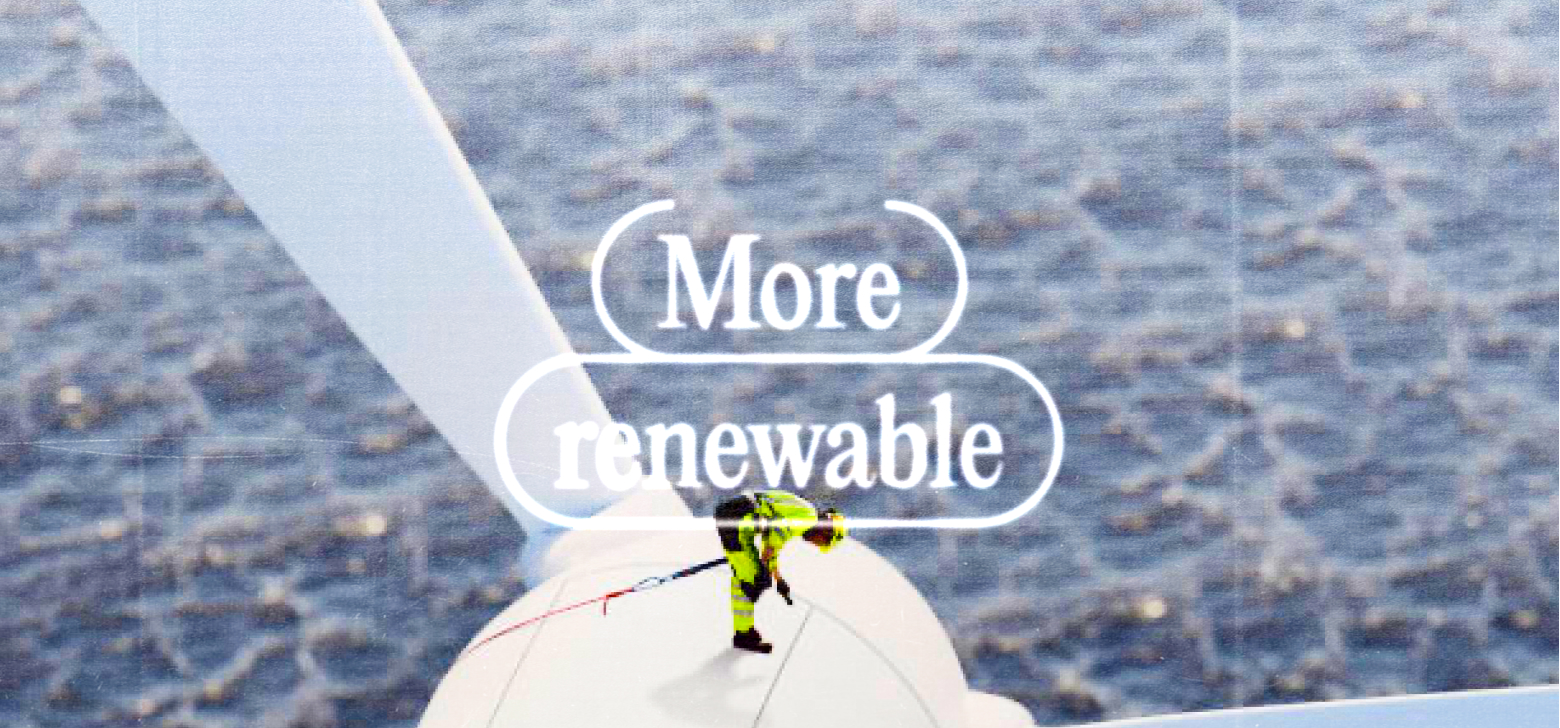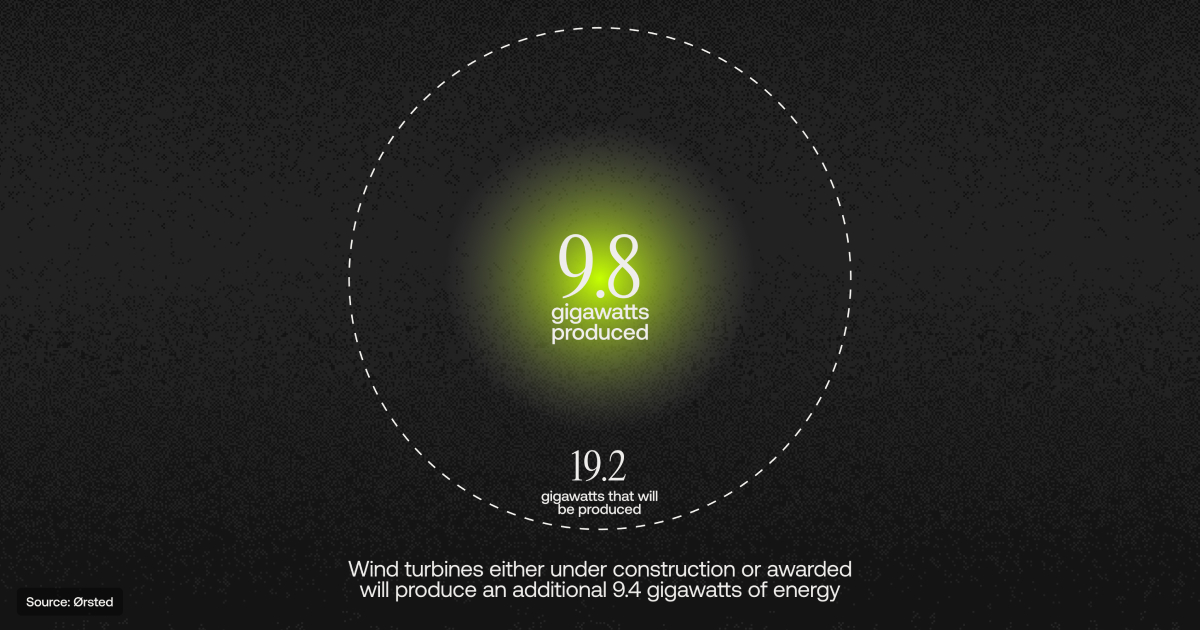In 2009, Ørsted’s coal assets plummeted. But the company had recently added wind to its fossil fuel-heavy portfolio. It pivoted quickly, building offshore wind farms on Denmark’s shallow sea shelves and committing to: switch from 85% fossil fuels and 15% renewables to 85% renewables and 15% fossil fuels by 2040, a goal they met in 2019. Today, Ørsted is the world’s largest wind producer by capacity, and that growth has fueled its financial success. Ørsted’s initial public offering, valued at $15 billion, was Europe’s largest in 2016. According to Ørsted, it’s on track to phase out coal in 2024 and to reduce the intensity of its Scope 1 and 2 emissions by 98% the following year.
Now Ørsted wants to decrease the emissions used to produce one of the world’s most important pieces of technology: the semiconductor chips that power our smartphones. It recently built the largest wind farm in the Asia-Pacific region and connected it to the Taiwanese grid. By 2025, it will power the Taiwan Semiconductor Manufacturing Company—the largest chip manufacturer in the world—and take a huge step towards reducing the emissions of a technology that powers the global economy.




